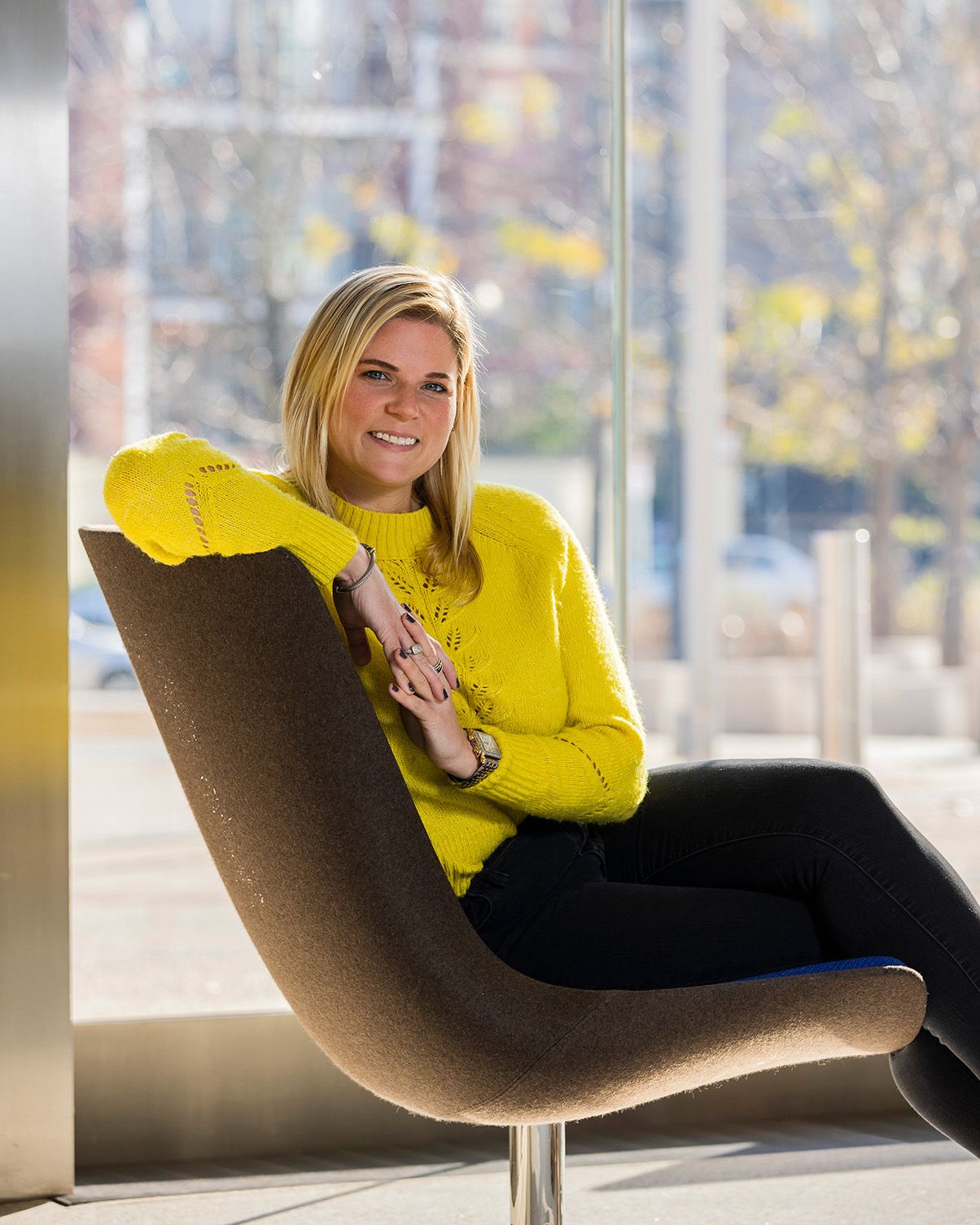Article
Risk of COVID-19 'Far Outweighs' Rare Blood Clot Risk from J&J Single-Dose Vaccine in Patients with Cancer
Author(s):
Patients with cancer should receive whichever COVID-19 vaccine is made available to them as the benefits far outweigh the risks, according to an expert from Memorial Sloan Kettering Cancer Center.
Health care providers across the United States have resumed using Johnson & Johnson’s single-dose COVID-19 vaccine after a nearly two-week stoppage to investigate its link to rare blood clots. The Centers for Disease Control and Prevention (CDC) and the Food and Drug Administration (FDA) recently announced that the CDC’s vaccine advisory committee recommended lifting the pause and determined that the potential benefits of receiving the vaccine outweigh its potential risks.
As of April 27, the CDC identified 17 patients (16 women and 1 man) reporting a rare blood clotting condition, known as thrombosis with thrombocytopenia syndrome (TTS), after receiving the vaccine. Of note, none of the patients reporting this condition were known to have cancer. Women younger than age 50 are at increased risk of TTS.
In a recent interview with CURE®, Dr. Jodi Mones, a hematologist and clinical director of the Benign Hematology Service at Memorial Sloan Kettering Cancer Center in New York City, discussed what the resumption of the use of Johnson & Johnson’s COVID-19 vaccine and the vaccine’s potential link to blood clots may mean for patients with cancer.
It’s important to note, Mones mentioned, that some patients with a malignancy, have a higher risk of thrombosis. For example, patients with pancreatic cancer and gastric cancers are more commonly predisposed to having blood clots.
However, TTS is extremely rare, said Mones. “And the current statement that was put out by the American Society of Hematology, of which I'm a member, is that based on the information that we currently have available, they strongly agree with the CDC that the risk of complications from COVID-19 disease far outweighs the extremely rare complications and risk of TTS.”
Of the nearly eight million doses of the vaccine that were administered in the U.S. prior to the pause, the number of people reporting the condition is miniscule and the vaccine is still safe and effective, according to the CDC. As stated by the agency in its news briefing on April 23, the overall rate of events was 1.9 cases per million people.
The single-dose Johnson & Johnson COVID-19 vaccine has the potential to prevent over 650 hospitalizations and 12 deaths among women aged 18 to 49, and 4,700 hospitalizations and nearly 600 deaths among women over 50, noted the CDC.
Patients with cancer should feel confident in the efficacy of the Johnson & Johnson vaccine, and like anyone else, keep an eye on their symptoms, Mones said. Patients who receive any of the available vaccines may develop symptoms associated with the vaccine within the first 24 to 48 hours. “And they can be similar to the symptoms of TTS. For example: headache, nausea, fever, chills or fatigue. Those symptoms can happen very, very early.”
Patients who have received the Johnson & Johnson vaccine and begin to develop symptoms such as headache, vision changes, shortness of breath, chest pain, nausea, vomiting and persistent abdominal pain anywhere between four and 30 days after their dose should seek medical care from their local provider or oncologist, Mones recommended.
“And it's always very important that you let your provider know not only that you're feeling those symptoms, but also that you have received the Johnson & Johnson vaccine within the past month or so,” she added.
For patients who have yet to receive a COVID-19 vaccine, the current recommendation is to consult their provider and then proceed with whatever vaccine is available to them, according to Mones. “I do feel very strongly that patients really should get vaccinated. The benefits far outweigh the risks at this moment.”
For more news on cancer updates, research and education, don’t forget to subscribe to CURE®’s newsletters here.





